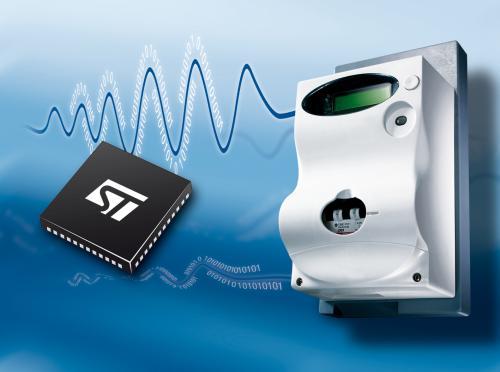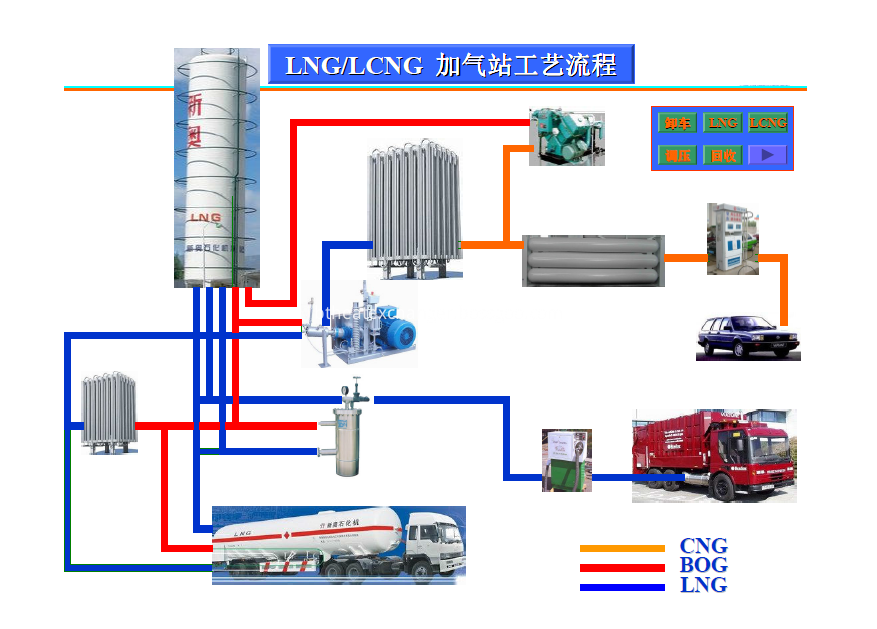China is a large producer of electric energy meters. At present, major products such as inductive power meters, electronic energy meters, and intelligent power meters have reached or approached the technological standards of developed countries, and production and research and development capabilities have also been able to meet the different needs of the international market. The price advantage is obvious and it has strong competitiveness in the international market.
Ambient Vaporizer, Pressure Building Vaporizer, Water Bath Vaporizer, Pressure Regulating Manifolds ( PCM ), Cryogenic Piping & Fitting, Metal Hose, Cryogenic Valves, Cryogenic Pumps and more. Ambient vaporizer transfers cryogenic liquid gas into gaseous one by absorbing ambient air heat that is energy saving and environment friendly.
Nowadays, such airheated vaporizers have widely applied in gas station, distribution and plant back up system. We largely export atmospheric vaporizers and design them
upon container dimension to easily transport and save cost.
Ambient Vaporizer,Water Bath Vaporizer,Cryogenic Pump,Cryogenic Gas Equipment Wuxi Better Technology Co., Ltd , http://www.btheatexchanger.com
The smart meter is an important part of smart power, and it is the “end-of-the-art†that enables two-way interactive smart power. It supports two-way metering, automatic collection, step price, time-of-use price, freezing, control, and monitoring. In addition, smart energy meters can also provide users with many power services, including distributed power metering, interactive services, smart homes, and smart communities.
At present, the State Grid has been bidding and purchasing for smart meters for many years. From the second half of 2009 to the first half of 2013, the National Grid conducted 16 smart meter biddings, and the total amount of tenders for smart meters reached 233 million.
Forward-looking Industry Research Institute "2013-2017 China smart meter industry development prospects and investment forecast analysis report" shows that in 2012 smart meter chip shipments reached 53.339 million, an increase of 56.6%; power carrier chip market size reached 770 million yuan , an increase of 45.5% over the same period last year. This increase was mainly due to the government’s massive investment in infrastructure since April 2012, and the nation’s full implementation of the ladder price system in July. With the gradual promotion of applications such as IoT smart home, smart security, and broadband networks, the demand for smart meters will increase rapidly. It is expected that smart meter procurement activities will maintain its growth momentum, and the installation speed will accelerate in the next three years.
As part of the economic stimulus plan, National Grid identified the development plan of the smart grid in July 2009. 2009-2011 is a pilot phase for planning, focusing on the overall planning of a strong smart grid, carrying out key, basic, and sharing technical studies, piloting technologies and applications; 2012-2015 as a comprehensive construction phase, accelerating the UHV grid and Urban and rural distribution network construction will initially form a smart grid operation control and interactive service system; 2016-2020 will lead the upgrade phase and build a unified “strong and smart gridâ€.
Corresponding to the development plan, the State Grid has also determined the investment plan, that is, by 2020, the total investment of the smart grid will be close to 4 trillion yuan. Specifically, the investment for the period 2010-2011 is about 550 billion yuan, the total investment for the construction phase is about 2 trillion yuan, and the investment for basic construction is 1.7 trillion yuan.
At present, China's smart grid has entered a phase of comprehensive construction and has generated a huge market demand for smart meters. The "12th Five-Year" period is the core replacement period for smart meters. Due to the current pilot stage of the smart grid, the penetration rate of smart meters is still very low. In 2015, the State Grid Corporation of China will implement pilot projects for interactive use of electricity. Intelligent electricity meters will be installed in more than 10KV and commercial and industrial users. The popularity of smart meters will exceed 30%, and the number of users will exceed 60 million. In the long run, the national coverage of smart meters will reach 100%. .
From 2009 onwards, only China’s substations that need to be changed have already exceeded one million, and smart meters have a demand of 30 million to 50 million. The State Grid plans to install 240 million smart meters nationwide from 2011 to 2015. However, as of the end of 2012, China had installed 184 million smart meters, and the volume of tenders for the first two smart meters in 2013 had reached 41.049 million.
It is estimated that the annual tender volume will reach 80 million, and the annual volume of smart meter bidding in 2014-2015 is expected to remain 70-80 million units. By the end of 2015, the installed capacity of smart meters in China is expected to reach more than 400 million, far exceeding the planned 240 million.
In the long run, taking into account the total number of people in China, according to one-for-one estimates, the total number of newly installed smart meters in China will total about 500 million. Before 2020, the national user's electricity meter will be converted into a smart meter, and the estimated total investment will reach about 200 billion yuan. In general, the smart meter industry in China has a promising market.
